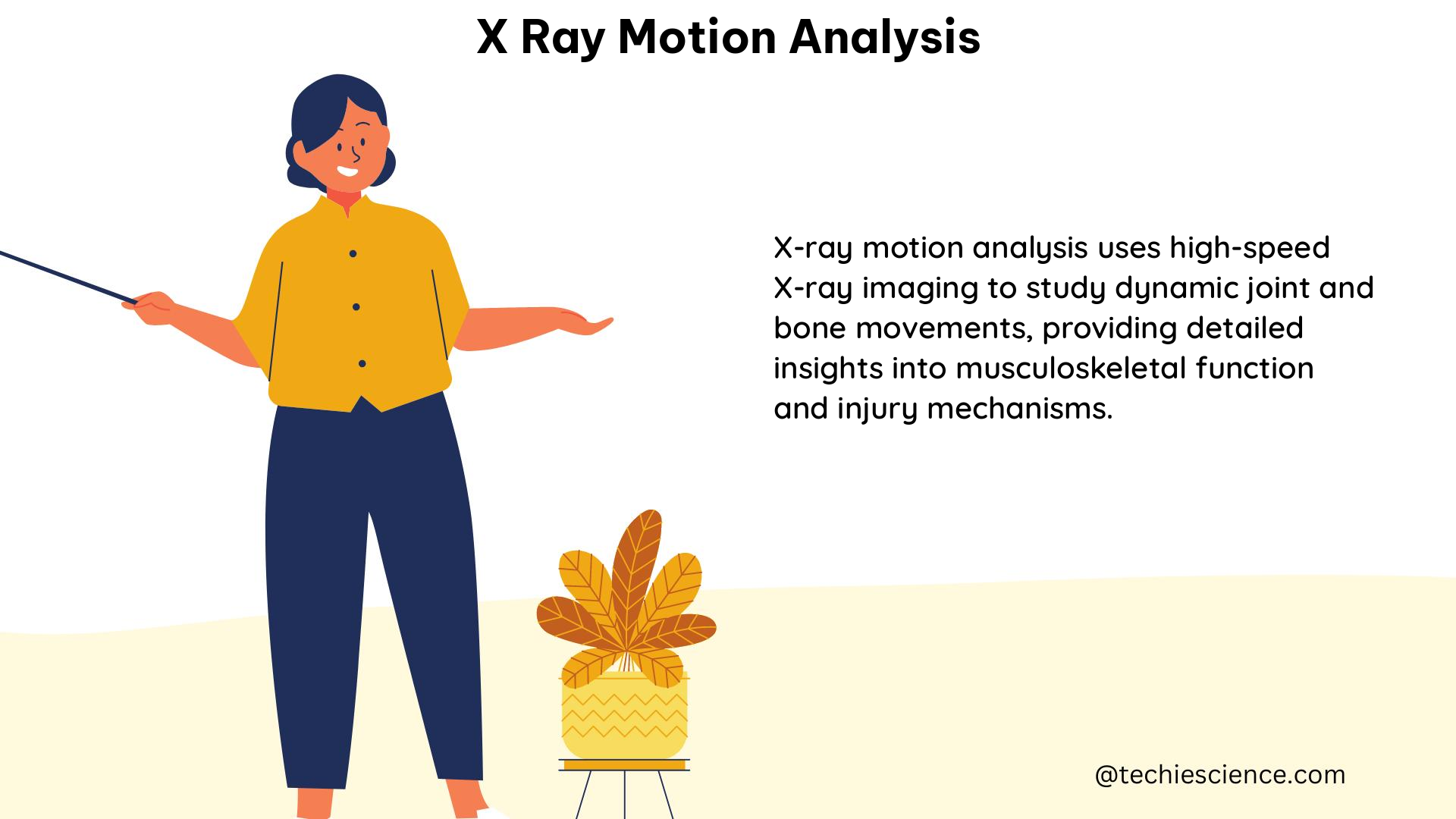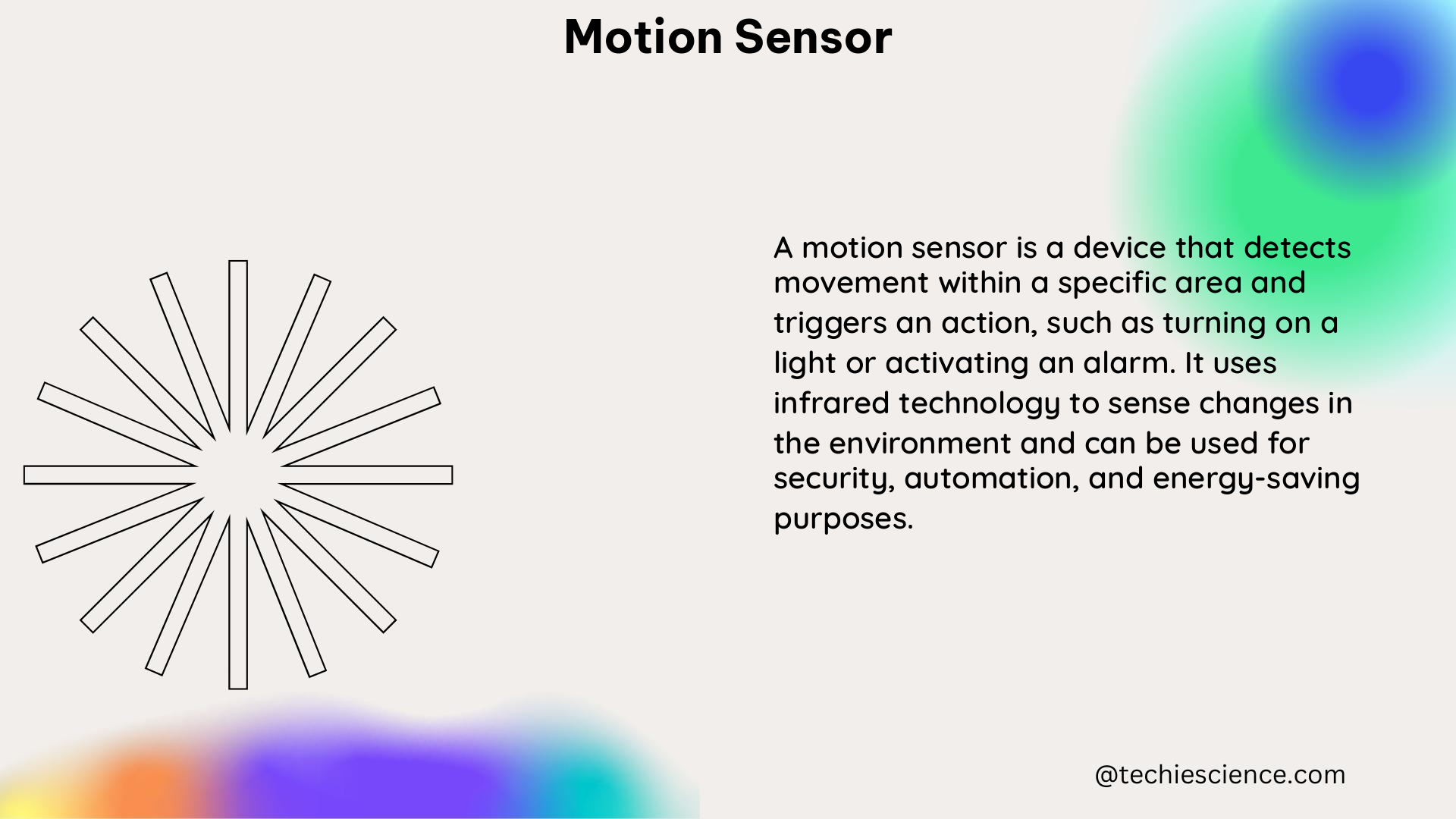X-ray motion analysis is a powerful technique used to track the movement of objects with high precision and temporal resolution. This method allows researchers and clinicians to visualize and analyze the dynamics of specific structures, such as bones and cartilage, enabling applications in gait analysis, joint movement assessment, and the study of motion in soft tissue-obscured regions.
Planar X-Ray Imaging
In planar X-ray imaging, the movements of objects are tracked using specialized software. The user, either manually or through automated processes, identifies the markers or bodies of interest in each frame of the video. The tracking data is then applied to the local anatomical structures, enabling the analysis of movements within the two-dimensional plane of the X-ray.
Degrees of Freedom
While planar X-ray imaging provides information about the two-dimensional movements, methods have been developed to estimate all six degrees of freedom (6DoF) of an object’s motion. This is achieved by combining the planar X-ray data with a model of the tracked object, allowing for the reconstruction of the full three-dimensional movement.
Tracking Algorithms
The tracking of markers or bodies of interest in planar X-ray imaging can be performed using various algorithms, each with its own strengths and limitations. Some common approaches include:
- Manual Tracking: The user manually identifies the markers or bodies of interest in each frame of the video, a time-consuming but precise method.
- Automated Tracking: Specialized algorithms automatically detect and track the markers or bodies of interest, reducing the manual effort but potentially introducing errors.
- Hybrid Tracking: A combination of manual and automated tracking, where the user provides initial guidance, and the algorithm continues the tracking process.
The choice of tracking algorithm depends on factors such as the complexity of the object being tracked, the quality of the X-ray images, and the required level of accuracy.
Biplanar X-Ray Imaging

In biplanar X-ray imaging, the movements are tracked in a specialized software, but the process differs from planar X-ray imaging. Here, the user positions a 3D model of the object in alignment with both video frames. The tracking data is then generated for each marker or body and applied to the local anatomical structures, enabling the analysis of movements in free space.
Advantages of Biplanar Imaging
Biplanar X-ray imaging offers several advantages over planar X-ray imaging:
- 3D Reconstruction: By using two synchronized X-ray views, biplanar imaging allows for the reconstruction of the full three-dimensional movement of the tracked object.
- Improved Accuracy: The additional spatial information provided by the two X-ray views can lead to more accurate tracking and analysis of movements.
- Reduced Radiation Exposure: Biplanar imaging can potentially reduce the overall radiation exposure compared to multiple planar X-ray acquisitions.
Calibration and Synchronization
Proper calibration and synchronization of the biplanar X-ray system are crucial for accurate 3D reconstruction and tracking. This involves the use of specialized calibration objects and algorithms to determine the relative positions and orientations of the X-ray sources and detectors.
Patient Movement and Exposure Time
The study on the quantitative analysis of patient movements during simulated cephalometric radiographs highlighted the importance of considering patient movement and exposure time in X-ray imaging.
Age-Related Differences
The study found that the younger age group (children) exhibited the largest amount of movement, with more significant movements in the up and down direction. This suggests that special considerations may be necessary when imaging pediatric patients.
Exposure Time and Movement
The study also revealed that longer exposure times resulted in larger patient movements during the acquisition of cephalometric radiographs. This is likely due to the increased difficulty for patients to maintain a static position over longer periods.
Recommendations for Improved Image Quality
To mitigate the impact of patient movement and improve image quality, the study recommends the use of shorter exposure times during X-ray acquisitions. This can help reduce the overall amount of movement and minimize the blurring or distortion of the resulting images.
Advanced Techniques and Applications
X-ray motion analysis has evolved beyond the basic tracking of movements, with researchers and clinicians exploring more advanced techniques and applications.
Markerless Tracking
One such advancement is the development of markerless tracking algorithms, which can identify and track anatomical structures without the need for external markers or implanted devices. This approach can be particularly useful in clinical settings, where the use of markers may be impractical or undesirable.
Biomechanical Modeling
By combining X-ray motion analysis data with biomechanical models, researchers can gain deeper insights into the underlying mechanisms of movement and joint function. This can lead to improved understanding of musculoskeletal disorders, the development of more effective rehabilitation strategies, and the design of better prosthetic and orthotic devices.
Real-Time Analysis
Advancements in computing power and image processing algorithms have enabled the development of real-time X-ray motion analysis systems. These systems can provide immediate feedback on the dynamics of movement, allowing for immediate adjustments and interventions during clinical assessments or training sessions.
Multimodal Integration
X-ray motion analysis can be integrated with other imaging modalities, such as magnetic resonance imaging (MRI) and computed tomography (CT), to provide a more comprehensive understanding of the structure and function of the musculoskeletal system. This multimodal approach can lead to more accurate diagnoses and more effective treatment planning.
Conclusion
X-ray motion analysis is a powerful tool that enables the detailed study of object movements, with applications ranging from gait analysis to the assessment of joint function. By understanding the principles of planar and biplanar X-ray imaging, as well as the factors that influence patient movement and image quality, researchers and clinicians can leverage this technology to gain valuable insights and improve patient care.
References
- Bey, M. J., Kline, S. K., Tashman, S., & Zauel, R. (2008). Accuracy of biplane x-ray imaging combined with model-based tracking for measuring in-vivo patellofemoral joint motion. Journal of Orthopaedic Surgery and Research, 3(1), 38. https://doi.org/10.1186/1749-799X-3-38
- Anderst, W. J., Tashman, S., & Anderst, J. D. (2018). Estimating dynamic in vivo joint function with biplane radiography: Method and validation. Journal of Biomechanical Engineering, 140(11), 111005. https://doi.org/10.1115/1.4040989
- Bey, M. J., Zauel, R., Brock, S. K., & Tashman, S. (2006). Validation of a new model-based tracking technique for measuring three-dimensional, in vivo glenohumeral joint kinematics. Journal of Biomechanical Engineering, 128(4), 604-609. https://doi.org/10.1115/1.2206199
- Kaptein, B. L., Valstar, E. R., Stoel, B. C., Rozing, P. M., & Reiber, J. H. (2005). A new method to estimate the five degrees-of-freedom pose of the femoral component in total hip arthroplasty based on fluoroscopic imaging. Journal of Biomechanics, 38(4), 893-901. https://doi.org/10.1016/j.jbiomech.2004.04.027
- Baka, N., Kaptein, B. L., de Bruijne, M., van Walsum, T., Giphart, J. E., Niessen, W. J., & Lelieveldt, B. P. (2011). 2D-3D shape reconstruction of the distal femur from stereo X-ray imaging using statistical shape models. Medical Image Analysis, 15(6), 840-850. https://doi.org/10.1016/j.media.2011.06.006
- Bey, M. J., Kline, S. K., Zauel, R., Lock, T. R., & Kolowich, P. A. (2008). Measuring dynamic in-vivo glenohumeral joint kinematics: Technique and preliminary results. Journal of Biomechanics, 41(3), 711-714. https://doi.org/10.1016/j.jbiomech.2007.11.026
- Anderst, W. J., Baillargeon, E., Donaldson, W. F., Lee, J. Y., & Kang, J. D. (2011). Validation of a noninvasive technique to precisely measure in vivo dynamic spine movements. Spine, 36(6), E393-E400. https://doi.org/10.1097/BRS.0b013e3181e50c91
- Bey, M. J., Kline, S. K., Zauel, R., Kolowich, P. A., & Lock, T. R. (2008). Measuring dynamic in-vivo glenohumeral joint kinematics: Technique and preliminary results. Journal of Biomechanics, 41(3), 711-714. https://doi.org/10.1016/j.jbiomech.2007.11.026
